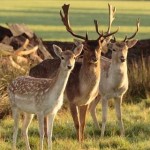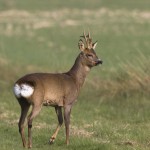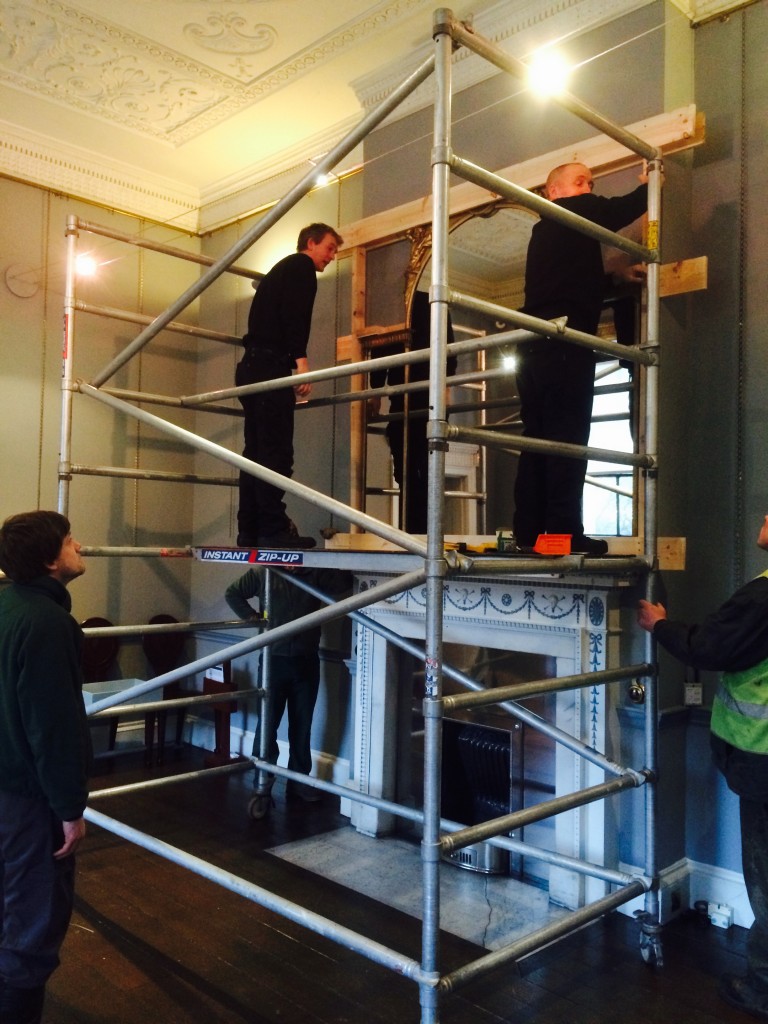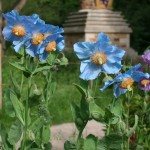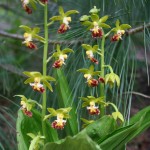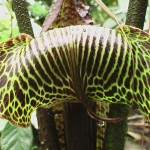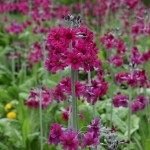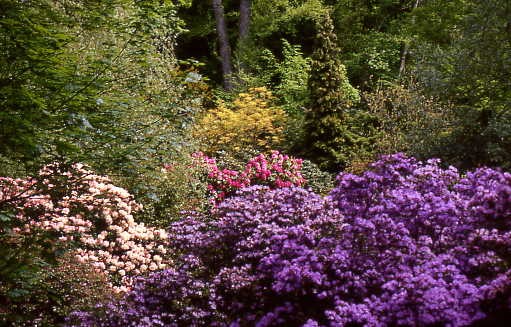 Throughout winter, our Keepers have been busy landscaping every enclosure and aviary so they are tailored to the individual species that reside there. Twice a year, our team use several tons of sand, gravel and woodchip as well as hundreds of metres of turf to create ideal habitats. The perches are replaced, nest boxes are cleaned out and indoor areas painted.
Throughout winter, our Keepers have been busy landscaping every enclosure and aviary so they are tailored to the individual species that reside there. Twice a year, our team use several tons of sand, gravel and woodchip as well as hundreds of metres of turf to create ideal habitats. The perches are replaced, nest boxes are cleaned out and indoor areas painted.
Outside the aviaries, all the Bird Garden footpaths, aviary walls, fences, benches and signs have been jet-washed and the fences, aviaries and sheds have been protected with over 100 litres of paint by staff and volunteers.
When we reopen in April, the most noticeable changes will be seen in the landscaping that has taken place. The original Bird Garden planting scheme was designed in 1969; many conifer hedges and juniper bushes were planted to cover fences and provide wind shelter for the birds. These had become overgrown, blocking light to the aviaries and surrounding areas. There is now a light, airy feel, with enclosures such as the African Grassland being reclaimed from the dense planting.
Importantly, wonderful lakeside views, which had almost disappeared, can now be enjoyed. You will be able to stand alongside the Flamingos and gaze across the Lake at the surrounding landscapes and enjoy native wildlife as originally intended.
To encourage our native species, we are introducing brand new, bird feeding stations inside the Bird Garden to add to the existing popular lakeside feeders which have seen Woodpeckers, Nuthatches and several species of Tits and Finches as regular visitors.
The new Bird Garden feeders, are designed to encourage lakeside species such as Cormorants, Herons, Little and Crested Grebes, Kingfishers as well as seasonal birds such as Goosanders and Golden Eyes. Permanent residents including Mute Swans, Large and Small Glebe and Dippers will also benefit from the improvements. The new feeding areas will include perches, dedicated bird and drinking facilities with bird bathes with a view down to the Flamingos from a seating area.
Incubation and Rearing Rooms Ready for Coming Year
The incubation and rearing rooms, which are housed away from the busy public areas, have been given a spring clean and the equipment checked ready for the breeding season. The incubators and brooder boxes have been switched on, and are now ready to be used when needed. Watch this space for news!
Winter Holidays
Even with the mild winter weather, some of our less hardy birds have been brought into heated indoor accommodation. Some of the Finches, our Maroon-Bellied Conures and “Freddy” the White Fronted Amazon, are some of the birds enjoying their winter holidays indoors. Located next to the Keepers’ offices, it can get quite loud with the chattering and calling from these often noisy guests. Several of the birds are good mimics, and have a repertoire of phrases and calls they often repeat.

One of a pair of snowy owls at Harewood
For some of the hardier birds, the team have collected oak leaves and pine tree needles to landscape enclosures. The foliage is spread out on the aviary floors to create a soft surface for the Snowy Owls, Tragopan Pheasant and Chilean Flamingos. Tannin from the leaves also helps to protect the skin on the bird’s feet over winter.
Conservation and Protection of Rare Birds
Many of Harewood’s rare and endangered species are part of managed breeding programmes. It’s an important role, which ensures that populations close to extinction in the wild are sustained, whilst maintaining genetic diversity.
 As part of this ongoing conservation work, we’ve collaborated with Paignton Zoo. They have sent a young male to pair up with our single, Red-Legged Seriema female, “Ethel”. Ethel’s new boyfriend has passed quarantine tests and has been given a clean bill of health. He will be introduced to Ethel before we open in April. As he’s settled in, he’s started to grow a long mane of feathers, typical for a male Seriema, and can now be heard calling out from his aviary searching for a mate.
As part of this ongoing conservation work, we’ve collaborated with Paignton Zoo. They have sent a young male to pair up with our single, Red-Legged Seriema female, “Ethel”. Ethel’s new boyfriend has passed quarantine tests and has been given a clean bill of health. He will be introduced to Ethel before we open in April. As he’s settled in, he’s started to grow a long mane of feathers, typical for a male Seriema, and can now be heard calling out from his aviary searching for a mate.

The nearest relative of the Humbolt Penguin are the African Penguin, the Magellanic Penguin and the Galápagos Penguin.
The Humboldt Penguins are starting to claim nest burrows that are not already occupied, with some couples trying out several nests before they decide. One of our older pairs, Otto and Mr Otto had previously separated (the equivalent of a penguin divorce!), have now paired back up. As their romance blossoms, they are getting ready for the breeding season by guarding their house from other would be squatters.
We have also rehomed a young female penguin to another breeding zoo. She is settling down and has paired up already which is great news to hear.
The chance of feeding the Humboldt penguins with the Keepers, on a one to one basis, is the best way to get close to these inquisitive birds for a personalised close up experience.
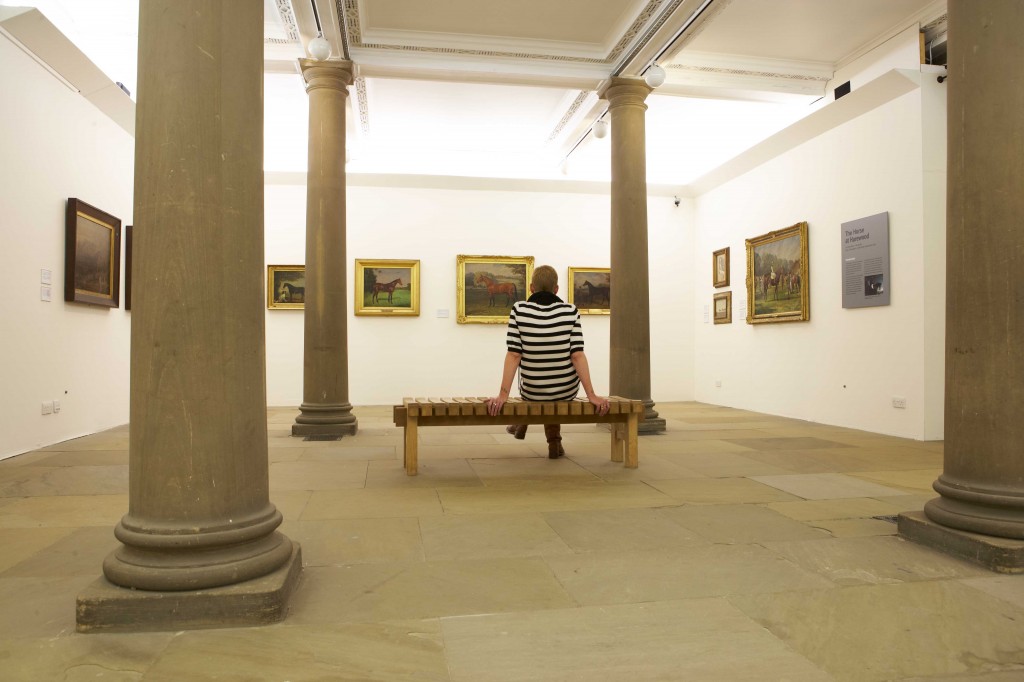


 As part of this ongoing conservation work, we’ve collaborated with Paignton Zoo. They have sent a young male to pair up with our single, Red-Legged Seriema female, “Ethel”. Ethel’s new boyfriend has passed quarantine tests and has been given a clean bill of health. He will be introduced to Ethel before we open in April. As he’s settled in, he’s started to grow a long mane of feathers, typical for a male Seriema, and can now be heard calling out from his aviary searching for a mate.
As part of this ongoing conservation work, we’ve collaborated with Paignton Zoo. They have sent a young male to pair up with our single, Red-Legged Seriema female, “Ethel”. Ethel’s new boyfriend has passed quarantine tests and has been given a clean bill of health. He will be introduced to Ethel before we open in April. As he’s settled in, he’s started to grow a long mane of feathers, typical for a male Seriema, and can now be heard calling out from his aviary searching for a mate.


